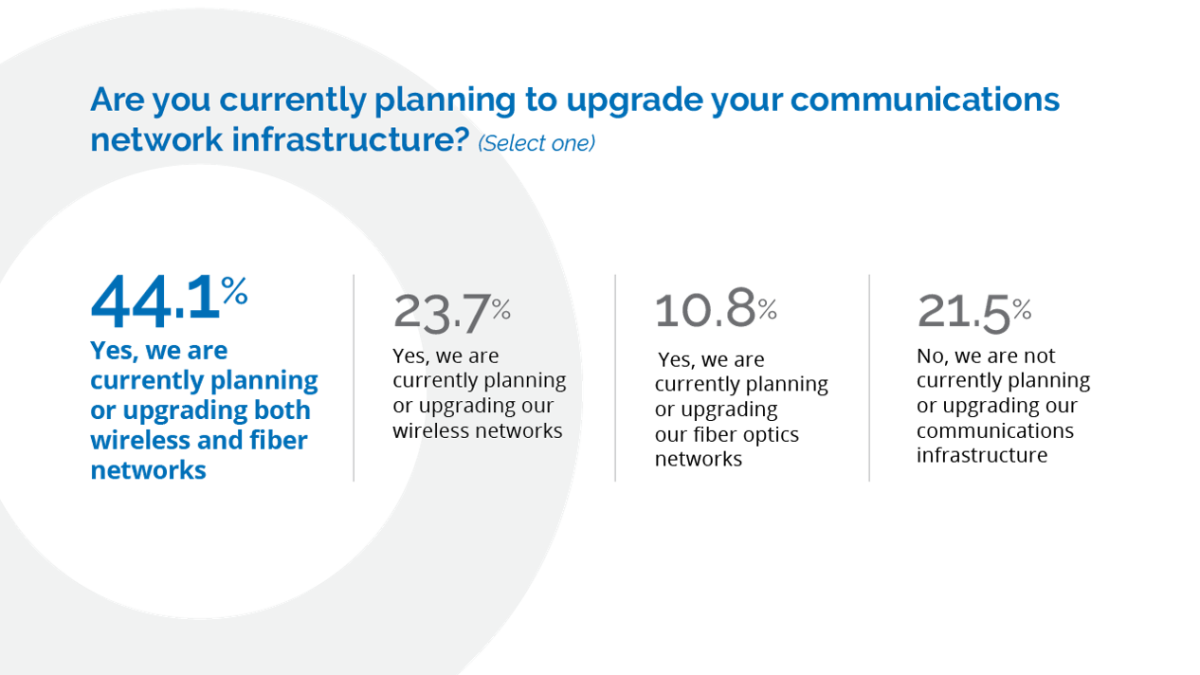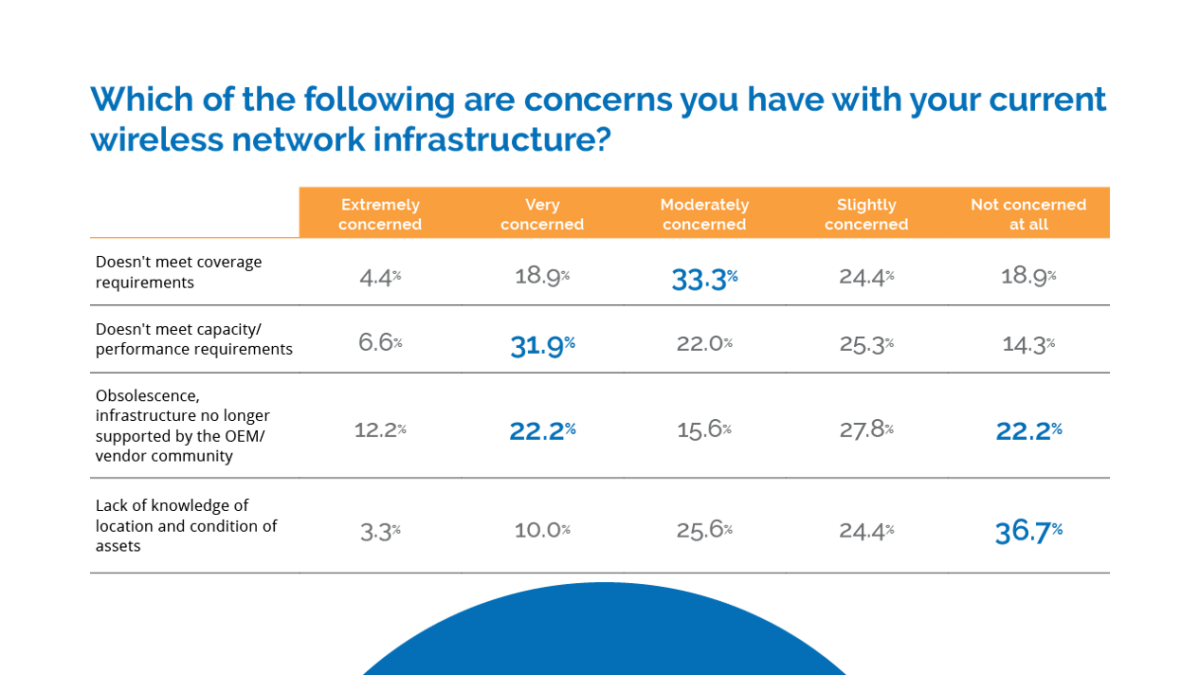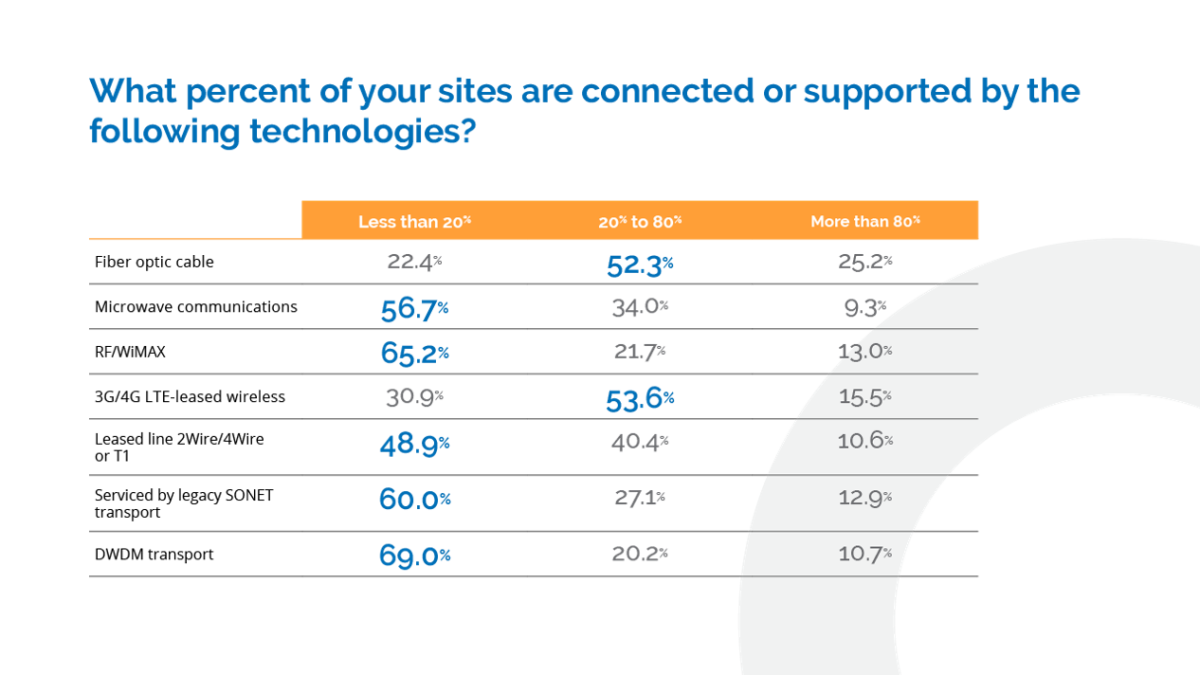The Call Is Coming From Inside the House: Private Utility Networks Bring Efficiency, Control and Reliability
Private Networks Promise Utilities Giant Step Towards Reliability
Reliable communications networks are crucial to allow utilities to deliver an uninterrupted supply of power to customers. With high-speed wireless technology at the fore, and the addition of hundreds of new field applications that require communications networks — including Long-Term Evolution (LTE) — a digital utility is built on communications that extend to the edge. Converged networks employing IP-advanced private wireless networks enable these systems to become more efficient and extend deeper into the distribution system, where they’re most needed.
Massive investments made by utilities underscore this emerging priority; organizations no longer are content to outsource their communication network needs to publicly available carriers. Utilities are bringing the networks in-house via fiber optics, wireless and spectrum control in giant steps forward for reliability.
Nearly three-quarters of respondents to Black & Veatch’s 2020 Strategic Directions: Smart Utilities Report survey have their own private communication networks. But interestingly, the survey data indicates that many believe their current communications network infrastructure to be inadequate. As a result, many respondents are busy planning to upgrade either their wireless or fiber-optic setups, or both (Figure 19).
What’s driving this concern and, ultimately, this new investment? Respondents indicated worry that current wireless infrastructure isn’t meeting coverage and capacity needs. Obsolescence and lack of original equipment manufacturer (OEM) support is another concern (Figure 20).
Survey results show that over three-quarters of respondents have sites connected by fiber (Figure 21). Many organizations plan to deploy private fiber in the coming years as their communications solution to support distribution automation, and we see no evidence in the market to suggest upgrades will slow any time soon. When it comes to selecting digital technologies, utilities need to dig into the network requirements of each application, carefully assessing latency, bandwidth, coverage and security requirements.
This information helps pinpoint whether existing infrastructure can support long-term requirements or needs network upgrades.
When designing the private wireless networks, utilities need to check the availability of the wireless spectrum and whether there is existing infrastructure that can be leveraged. Above all, the private wireless network needs to be flexible and scalable to evolve alongside the utility.
Consider the backhaul or wireless network for distribution automation (DA), advanced metering infrastructure (AMI), distributed energy resources (DER) and other field telemetry programs. Today, a combination of communications technologies is being used. Most utilities have some type of backbone or wide-area network (WAN) connecting their tower sites, offices, data centers and transmission substations with a ring topology high bandwidth, low latency and 99.999 percent reliability backbone.
We expect this configuration, usually comprising fiber optics and licensed point-to-point microwave, to continue, expand and become even more robust. For the next tier of the network connecting distribution substations, small operation centers, AMI collectors located in the feeders, DA and DER points, a variety of communication alternatives can be expected from commercial cellular, worldwide interoperability for microwave access (WiMAX) 802.16s at 700 megahertz (MHz), 900 MHz point-to-multipoint (PMP), unlicensed 900 MHz, 2.4 gigahertz (GHz), 5.8 GHz point-to-point (PTP) and mesh.
In the past year or so, a breakthrough technology surfaced with the protocol of 802.16s for wireless backhaul, especially in large utility service territories with a lower density of smart utility devices. We can expect significant efforts by large utilities to secure spectrum in the coming years.
We also can expect private LTE and 5G solutions to enter the utility marketplace in a big way. Private LTE, in particular, aligns with the industry’s shift to utility-owned networks, as it can be thought of as an efficient way to handle the backhaul communications of distribution supervisory control and data acquisition (SCADA), DA, AMI, DER and other field applications. To accomplish this, the utility needs to identify an acceptable spectrum and purchase LTE base station equipment. The advantages of private LTE include the following:
- The ability to manage to the desired reliability and security level while building coverage to meet utility needs.
- More control over the product life cycle.
- Economy of scale by reducing the number of disparate networks to manage.
- Selection from several standards-based LTE endpoint manufacturers, which allows a more “plug and play” environment.
- Potentially lower maintenance costs compared to a variety of other communication alternatives.
Today’s smart utilities understand the value of owning their communication networks. For those who don’t, think about it this way: Because utilities own their own assets, many could not imagine leasing their transmission and distribution infrastructure. They own these assets to maintain control. Communications, in many ways, is as critical of an asset as the utility can own and operate: If your communications go down, your applications go down.




